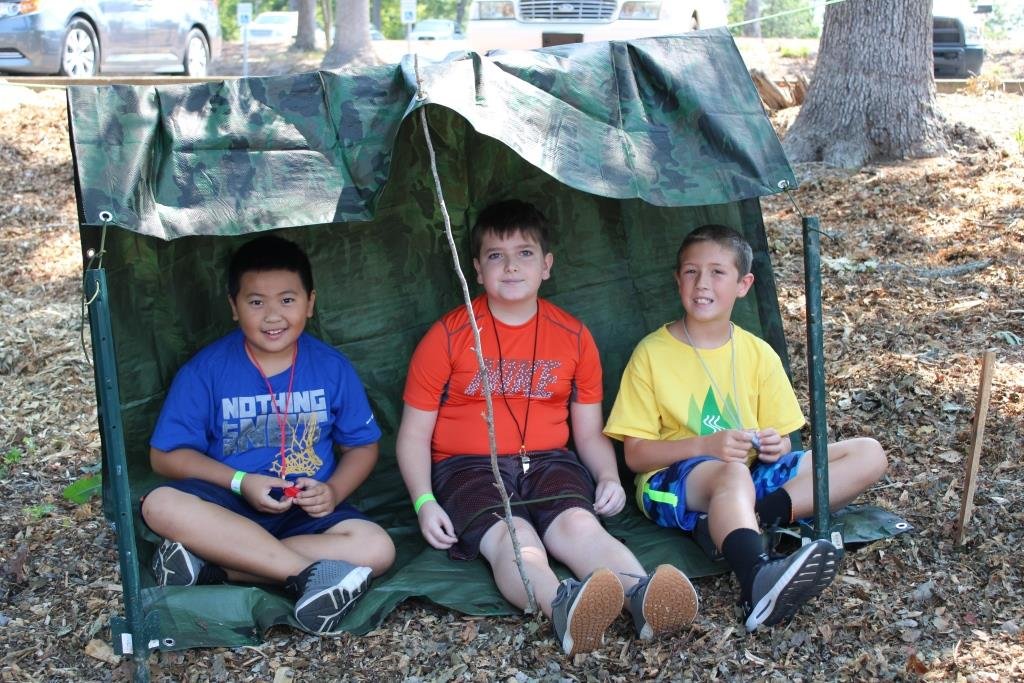Involving youth in emergency preparedness
4-H shares ways for the whole family to participate in emergency preparedness.
LENOIR, NC (June 20, 2022) By Sarah Kocher – Personal safety brings to mind a whole different meaning today than it did just a few years ago, and it can be confusing to know what youth and families can do to be prepared for emergencies. The good news is emergency preparedness does not have to be tackled in one fell swoop, and there are a number of resources 4-H and other public agencies provide to help in this area.
Ready.gov offers information on preparing for anything from extreme heat and hurricanes to power outages and attacks in public places. One tool that can be used for a variety of situations is an emergency plan.
An emergency plan creates a layer of protection and spells out how a family plans to react to sudden events. Even the most basic plans should include phone numbers for important contacts and a designated meeting place.

Communication is key to creating a successful plan. The Federal Emergency Management Agency recommends sending text messages to communicate during emergencies unless a person is in immediate danger. This helps keep phone lines open for emergency responders.
Caldwell County uses Code RED as a public announcement system for emergencies. To access the sign-up for this service, visit caldwellcountync.org and click on the Code RED icon at the top of the home page. Teens and other youth with mobile devices as well as adults can utilize this free service as part of their plan.
In addition to helping their family create an emergency plan and registering for the emergency alert system, youth can help create a supply kit and learn about first aid.
Common items for an emergency supply kit include water, shelf-stable foods, cash, prescription medications and important documents like insurance policies, forms of personal identification and bank account records. FEMA also recommends keeping a sleeping bag or blanket for each person, hygiene supplies, a portable charger, battery-powered radio and paper with writing utensils.
It is critical to consider any special needs within a family. If there is an infant, diapers and formula should be included. If a family has pets, some pet food should be stored with the emergency kit supplies.
All items should also be checked periodically for their expiration dates.
Families can also add a few extras like a coloring book, playing cards or other activities for youth. For a more complete list of ideas for an emergency kit, visit ready.gov.
To learn about first aid, families can purchase a first aid activity book at cost for $5 from Caldwell County 4-H. Activities such as first aid for broken bones, burns and reacting to foreign objects in eyes, hands or feet teach youth practical skills and spur conversations about safety.
For more information about the role of youth in emergency preparedness, contact 4-H Agent Sarah Kocher at sarah_kocher@ncsu.edu or 828-757-1258. Caldwell County 4-H is a proud member agency of United Way.
Sarah Kocher is the 4-H Youth Development Agent with Caldwell County Cooperative Extension. The Caldwell County Cooperative Extension Center, 120 Hospital Ave. NE #1 in Lenoir, provides access to resources of N.C. State University and N.C. A&T State University through educational programs and publications.
Support the Caldwell Journal for as little as $1 a month through Patreon. Thank you!
![]()
